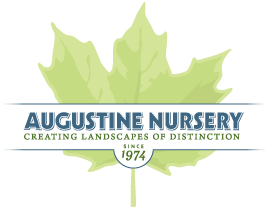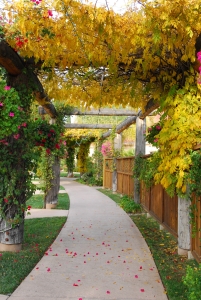End of Summer Lawn Care
Because COVID-19 has reintroduced the joys of staying home this summer, your lawn has probably endured more activity than usual. It’s common for homeowners to think that because your grass is growing more slowly in fall that it needs less care, but the opposite is true. Your lawn is invisibly busy fortifying itself for winter. A little late summer-early fall TLC will help keep your lawn lush and give it a healthy head start for next spring.
Here are a few things your lawn will thank you for:
- Aerate the soil. Summer sun and increased activity compacts the soil in your yard making it more difficult for the grass to obtain water, air, and nutrients. Aerating the soil is the best way to loosen things up. This process is also a good first step to fertilizing as aerating will also allow the fertilizer to reach the grass’ roots better. If you have a small yard of an acre or less, you can rent a self-propelled walk-behind aerator, but if you have acreage, consider hiring a landscaper.
- Spot Seed bald spots. Most lawns will develop bald spots or thinned areas over the course of the summer. Late August through September is a perfect time to spot-seed these areas. Fall is an ideal time for seeding as the grass will have less competition from weeds, allowing for better grass coverage. Once you seed, don’t forget to keep these areas well-watered.
- Rid the lawn of weeds. Just like the grass, weeds are also in nutrient-absorbing mode, drinking in all the water they can. The good news is that this includes week killers. Applying herbicides now will diminish spring weeds significantly.
- Fertilize in fall. In the fall, grass leaves grow slowly but that is not the case for their roots and rhizomes. Fertilizing in the fall enables these roots and rhizomes to grow deep and hold onto nutrients throughout the winter.

 There’s a period of time toward the end of summer when avid gardeners and homeowners who love their yards begin to mourn prematurely the end of their favorite season – summer. For those of you in this group, here’s a perfect way to continue working in the yard while setting up a thing of beauty for next spring.
There’s a period of time toward the end of summer when avid gardeners and homeowners who love their yards begin to mourn prematurely the end of their favorite season – summer. For those of you in this group, here’s a perfect way to continue working in the yard while setting up a thing of beauty for next spring.
 #AugustineNursery
#AugustineNursery






 Stop in to check
Stop in to check

 Open 7 days a
Open 7 days a 




 $5 for
$5 for 




 Hope you’re
Hope you’re


 $5 Friday will feature a
$5 Friday will feature a